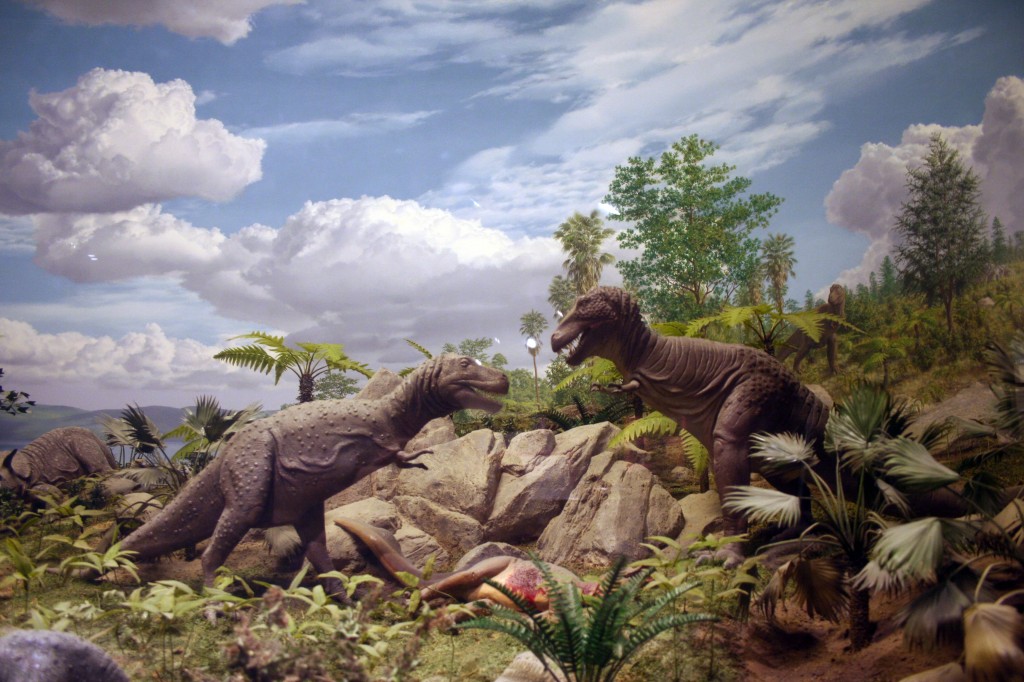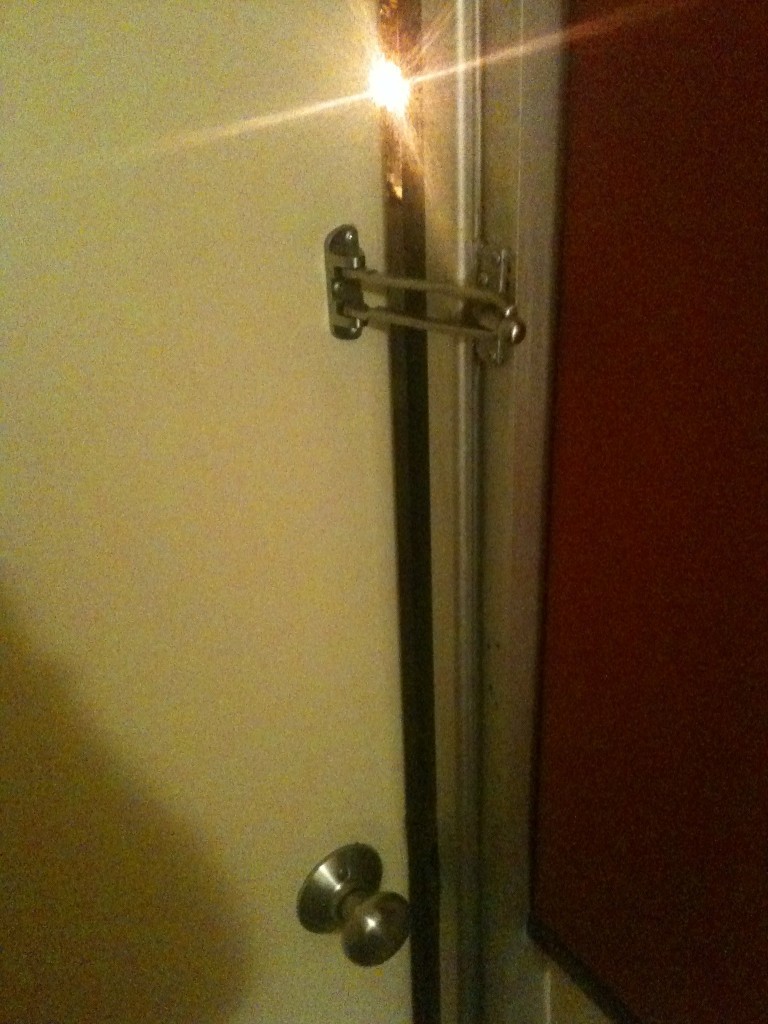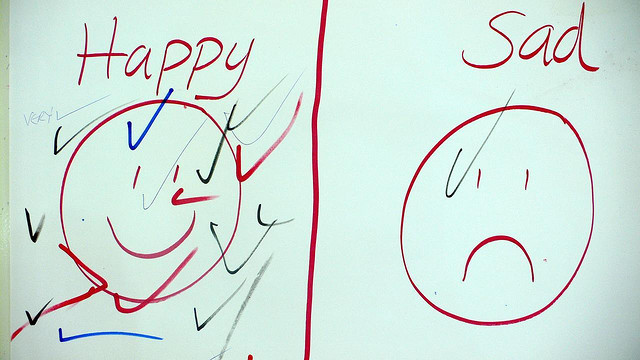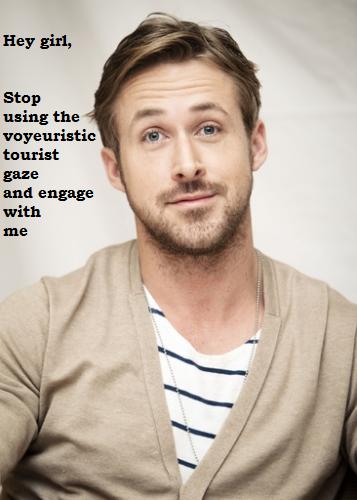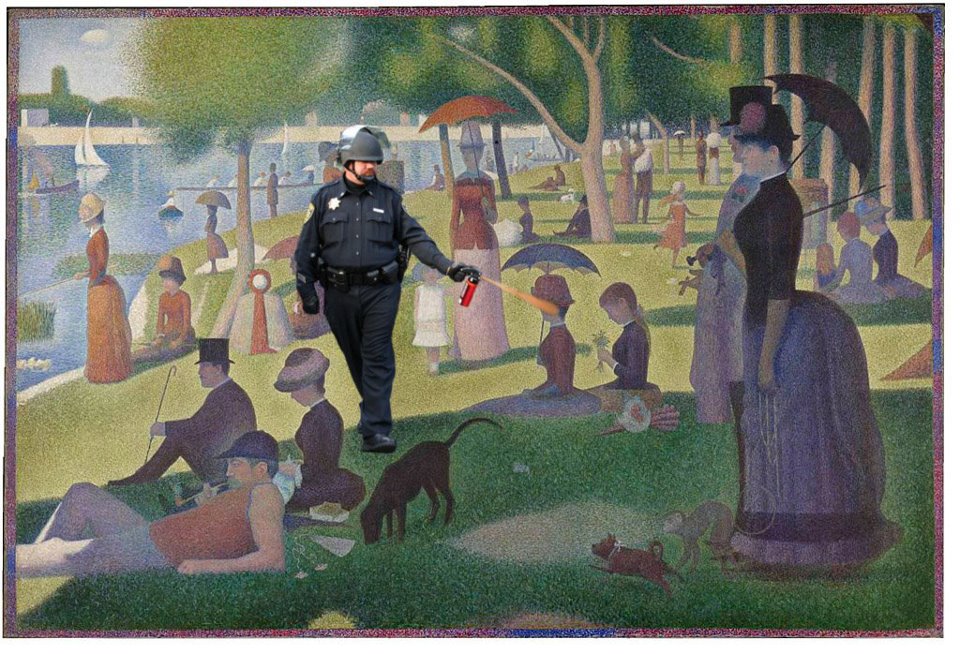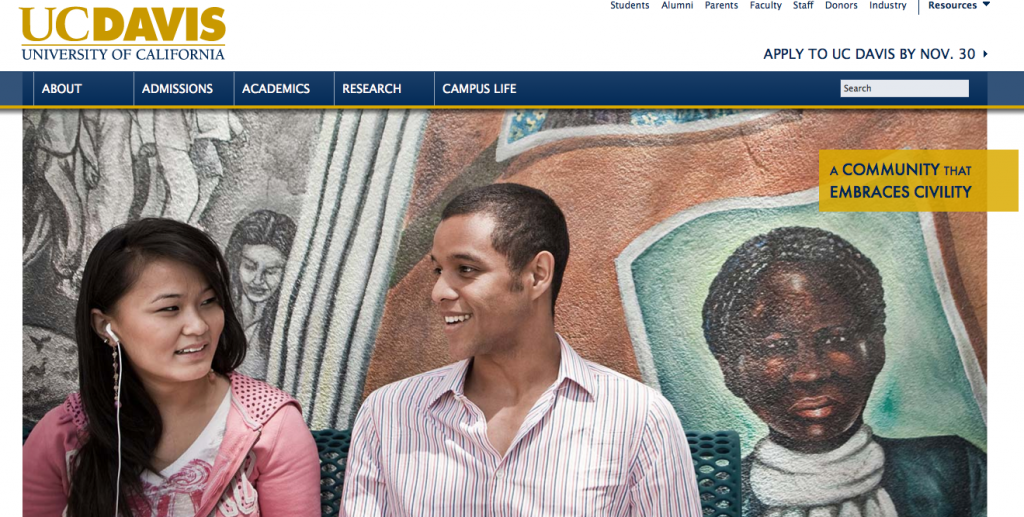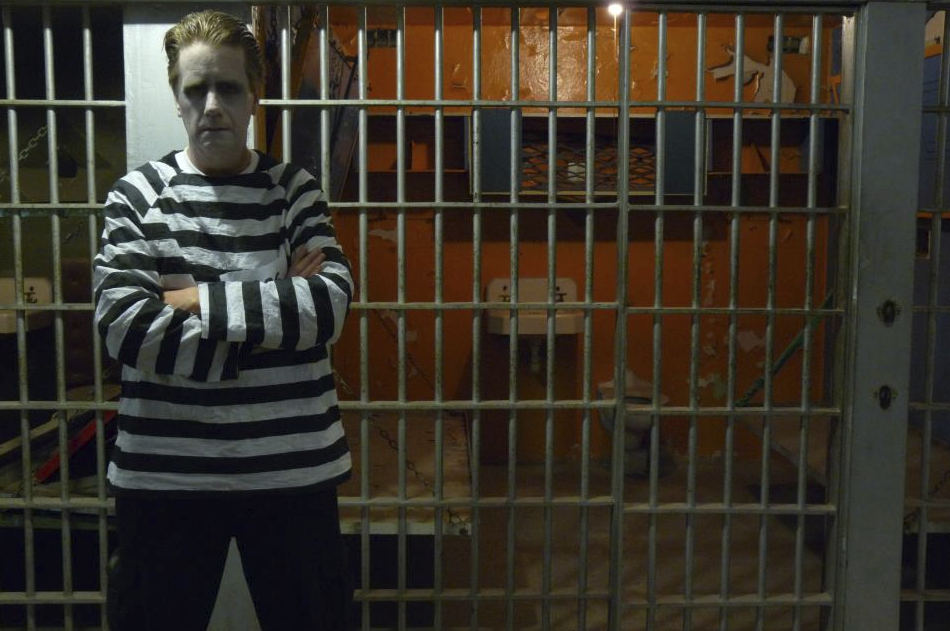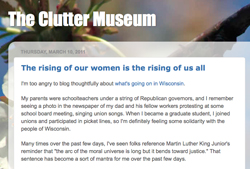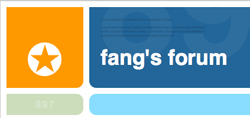. . . aaaaaand scene! I’ve turned in my grades for the semester, so now I can focus on grant proposals that are due waaaay too soon. (Someday I’m gonna get me some of that big humanities money, folks.)
So. . .where have I been lately?
I’ve been serving hard time in solitary in Grading Jail, with occasional time off to work as a plagiarism prosecutor. For the first time ever, I had a student plagiarize an in-class, handwritten final exam. That’s dedication, my friends. Tip for future undergraduates: if we don’t discuss Montesquieu in class, it’s probably best to leave him out of your final. BWOOP! BWOOP! <—-the sound of my plagiarism alarm being triggered.
I went to the Smithsonian’s National Museum of Natural History to check out a couple new-to-me exhibits. Unfortunately, after 10 years of trying to photograph museum exhibits, I’m still crappy at it, but here’s a glimpse of the newish ocean hall:
There’s also a good new human evolution exhibit, as well as a thoughtful one about race in America. But many other exhibits are in need of updating; for example, 1965 called, and it wants its diorama dinosaurs back:
As my crappy museum photos suggest, I took a lightning trip during finals week to D.C. Tip for D.C. travelers: Don’t stay in a hotel on a traffic circle, and especially not this one. I had forgotten how much drivers in D.C. like to honk. Side note: my room had an exterior door to a shared, hotel-long walkway. It didn’t have a lock on it, and it could be opened from the outside wide enough for someone to peek into the room and possibly throw the improperly installed swing-bar “door guard.” Look, I took a crappy picture of it with my phone one night:
After Christmas, much of my energy will go into planning for my spring course, Women in the American West. Every student in the 40-person course will be loaned an iPad2, and we’ll be building an online exhibit? presence? experience? about the history of Idaho women’s arts and crafts. I’m talking plein air painting, needlework, Victorian ornaments made of human hair, and taxidermy. Yes–taxidermy! I’m tossing aside the traditional, individually authored research paper for this class in favor of one enormous final digital humanities project co-authored by 40 undergrads. It could be a total nightmare, but I think my nefarious plans will work.
Intellectually, the end of the summer and first part of the fall was tough, but in the past week I received two invitations to revise and resubmit, one of them relatively simple. Yay for that. I also have fellowship funding to travel to archives during both spring and summer breaks, and my teaching schedule in the spring is only two days a week. This fall it was four days a week, and it ends up such a schedule makes it hard to find time to write. Who knew?
In family news:
I’m watching my child grow like a weed. At his last doctor’s visit, he was in the 97th percentile for height, and today we measured him: 4 feet, 3 inches at 6 years, 3 months. He’s enjoying kindergarten and is becoming totally obsessed with birds and crafting objects out of recycled materials. Today I taught him how to do running and whip stitches, and he was all about the sewing. He also seems to be finally catching on to this whole “literacy” thing. Thank you, Dr. Seuss!
Fang normally does not look forward to the holidays–too much travel, too many obligations–but has been surprisingly chipper this week.
Our 100-pound Lab/Golden Retriever mix–he’ll be 2 years old in February–remains hilariously dumb and blocks our paths through the house most of the time, but is exceptionally sweet and enthusiastic. His head is so large and cinderblock-esque that he has taken to resting it awkwardly on horizontal surfaces around the house. He keeps us laughing. Here he is next to the boy, for scale:
What’s going on in your neck of the woods?

